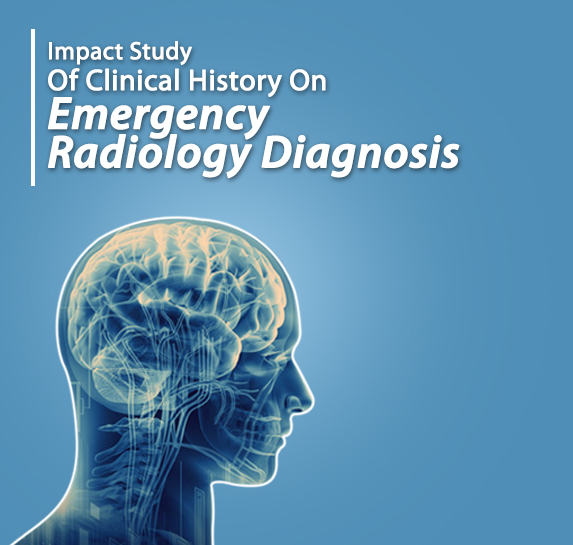Broken Information, Crisis in Covid-19 Pandemic
Five reasons for the healthcare information crisis during Covid-19
As recently as July 30, 2020, Dr Anthony Fauci went on record saying with typical understatement, that the conflicting guidance on mask-wearing (in response to the US president’s tweets on the subject) was ‘not helping the situation’. Even at this advanced stage of the coronavirus pandemic, the fact that the importance of one of the few things actually demonstrated to be useful in COVID-19 prevention, namely mask-wearing, is being debated at such a high level is a sorry indication of the situation we face.
 Another debate that has dragged on long and painfully till date has been the one regarding the benefits of Hydroxychloroquine, so that we are effectively left holding the tablet in mid-swallow. To add to this, we have witnessed unfolding discussions about the benefits and potential hazards of the MMR vaccine, steroids, Tocilizumab, Ivermectin, right down to convalescent plasma and bleach.
Another debate that has dragged on long and painfully till date has been the one regarding the benefits of Hydroxychloroquine, so that we are effectively left holding the tablet in mid-swallow. To add to this, we have witnessed unfolding discussions about the benefits and potential hazards of the MMR vaccine, steroids, Tocilizumab, Ivermectin, right down to convalescent plasma and bleach.
And in every part of the world the guidelines regarding quarantine regulations, social distancing and travel have seemingly been changing and in some cases completely reversed, on a daily basis.
In general, ever since the coronavirus pandemic has begun to spread across the world the healthcare industry (and consequently the rest of the world) has been struggling with a lack of information, incomplete information, or even downright misinformation.
What’s going on? Why does an industry that prides itself, nay, pins its very credibility on the accuracy and reliability of its data, face such an information crisis?
Here’s my analysis, in five points:
- A hyperfluid and rapidly evolving situation: The primary reason for the nebulous information and constantly changing guidelines available to healthcare professionals is the rapidity with which the pandemic has unfolded. This has resulted in regional healthcare systems becoming quickly overwhelmed with spikes in COVID infection and in medical personnel being completely preoccupied with patient care, therefore not having sufficient time to conduct research to validate a specific approach. Accurate and reliable data on what works and what doesn’t hasn’t had the time to emerge.
- Race to publish inadequately validated data: Articles that had been published in prestigious medical journals such as the Lancet and the New England Journal of Medicine have been revoked indicating that the research methodology was flawed. In the case of Hydroxychloroquine the publication of such research had resulted in the termination of important global clinical trials by the WHO. Also, previously published research into another antiparasite drug Ivermectin claiming that it is effective in COVID has also been questioned. Research, to be properly conducted, requires a series of steps in sequence, with each step having to be validated before proceeding to the next and the medical system has not had this luxury during this pandemic. Partly due to the imperatives of the pandemic, and the subsequent demand for information, it appears that the process of research validation has been getting fast-tracked resulting in the release of dubious results. The concern is that in the setting of this pandemic, corners may be cut and data may be incomplete, unreliable or skewed.
- Economic imperatives overshadowing science: In the current global crisis situation, the utilization of testing kits, PPE for protection of healthcare workers, and therapeutic drugs has often been guided by availability and market economics rather than actual scientific discipline. Guidelines for major issues of importance in a respiratory viral pandemic such as indications for and duration of quarantine and disinfection protocols have been hard to come by and have been changing on a regular basis, typically based on the imperatives of the changing constraints or the economics of the situation. For example the emergency department bay disinfection times for COVID patients have changed in inverse proportion to the volumes of patients presenting to the EDs. While at the early stages of the pandemic a CT scan room was disinfected for four hours, at the peak of the virus depending on the clinical need in the corresponding part of the world, this has been brought down to as low as a 15 minutes. Similarly, the rules governing duration of quarantine for physicians exposed to COVID are constantly changing depending on their availability to treat patients. And while lockdowns are an effective means of enforcing social distancing, it is the economic scenario that has largely dictated when these needed to end.
- Politics, hidden agendas and conspiracy theories: In a situation with such profound economic fallout conspiracy theories abound and can influence the dissemination of important information. Theories that the WHO has extended undue support to China which has in turn suppressed information have been rife and been bolstered by national political leaders seeking to score debating points. Further, there have been concerns expressed that certain research findings may be potentially biased towards certain vested interests in the pharma industry. As we saw, Dr Fauci, the eminent physician-scientist who initially led the US government’s communication team on COVID was subsequently vilified by an online campaign alleging that he was in cahoots with the pharmaceutical industry and therefore biased in his opinions.
- Impact of social media and whatsapp forwards: The current information age is also, sadly the misinformation age. There is far too much false information in circulation, relative to the amount of actual true fact-based data. The ease of auto-forwarding and sharing messages in bulk allows incorrect facts to propagate virally (a truly ironic paradox). The term pandemic of misinformation has accordingly been coined. At the beginning of the lockdown period in India a very authentic-looking fake video purportedly stating the opinion of an eminent cardiac surgeon in India on the COVID situation was doing the rounds, and gaining traction as well as credibility day by day, until eventually his hospital put out a disclaimer that the person speaking in the video was not him.
During the current COVID pandemic, it is essential for the healthcare industry to receive accurate and reliable information that can then be transmitted to the rest of the world and used for developing guidelines for the community. Sadly, despite (or arguably because of) the fact that we are in the midst of the information era we have been paralysed by an avalanche of information that lacks credibility as well as a paucity of credible information, and occasionally misled by downright incorrect information.
As the popular novelist Tom Clancy said: “Information is power. If you can control information, you can control people.” As we have seen, nowhere is this more relevant than in the middle of a global pandemic.
About the author:
Dr Arjun Kalyanpur is the CEO and Chief Radiologist at Teleradiology Solutions. He is an American Board-Certified and Fellowship trained Radiologist, and a prolific advocate of AI in Radiology. He is co-founder of the Telerad Foundation that provides teleradiology services to remote areas in Asia that do not have access to high quality medical care. He was honoured with the ‘Healthcare Entrepreneur of the Year’ award by Frost & Sullivan in 2015.








